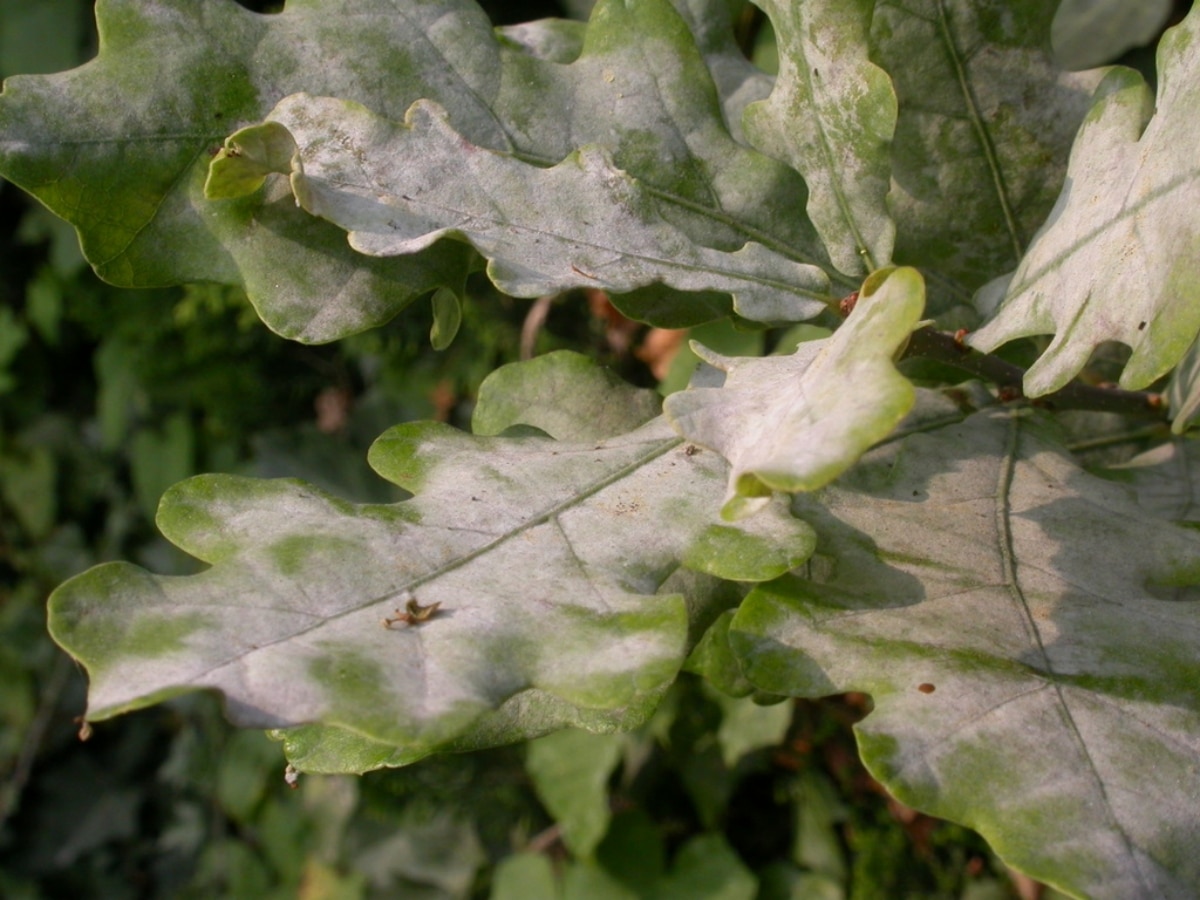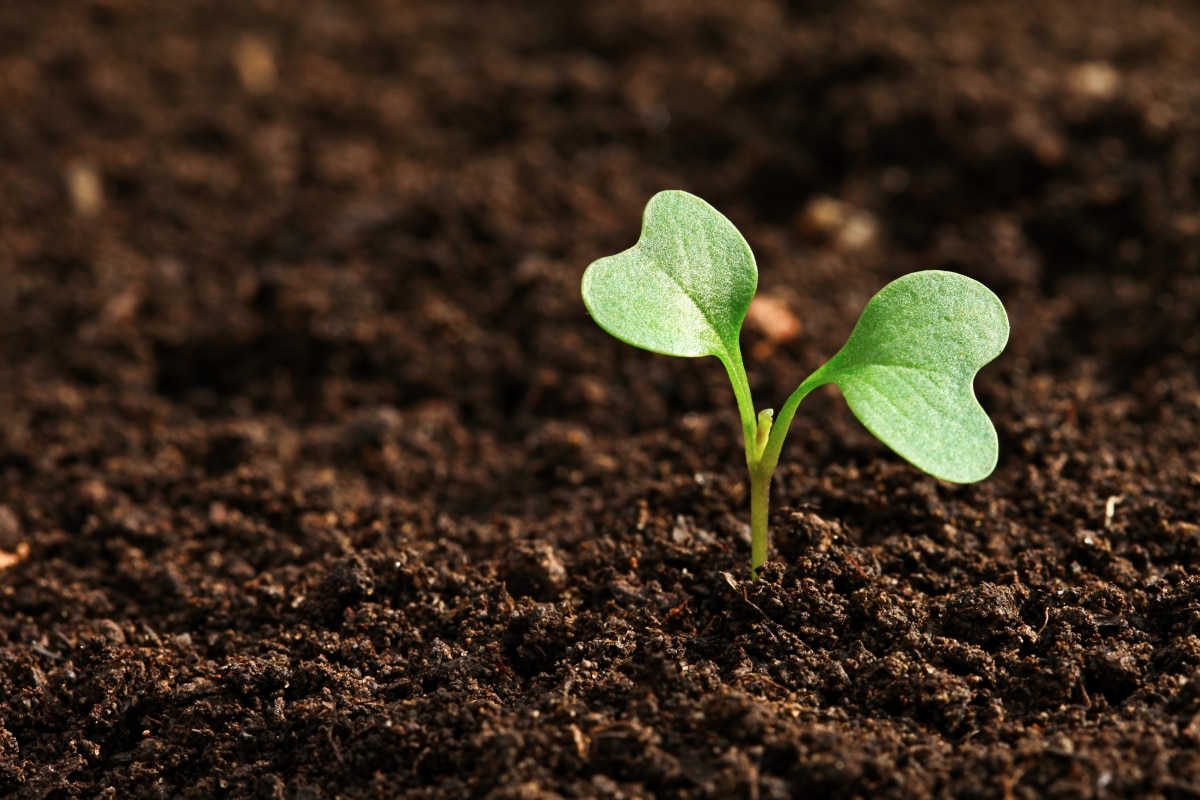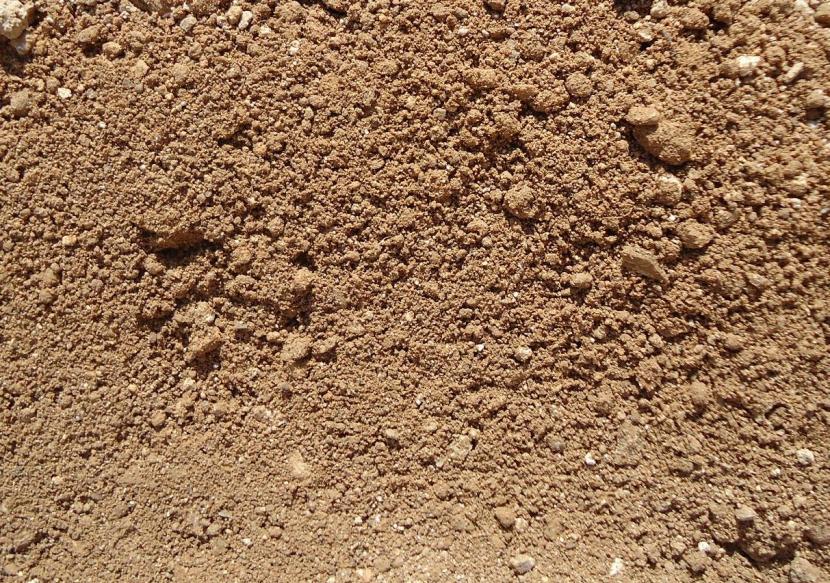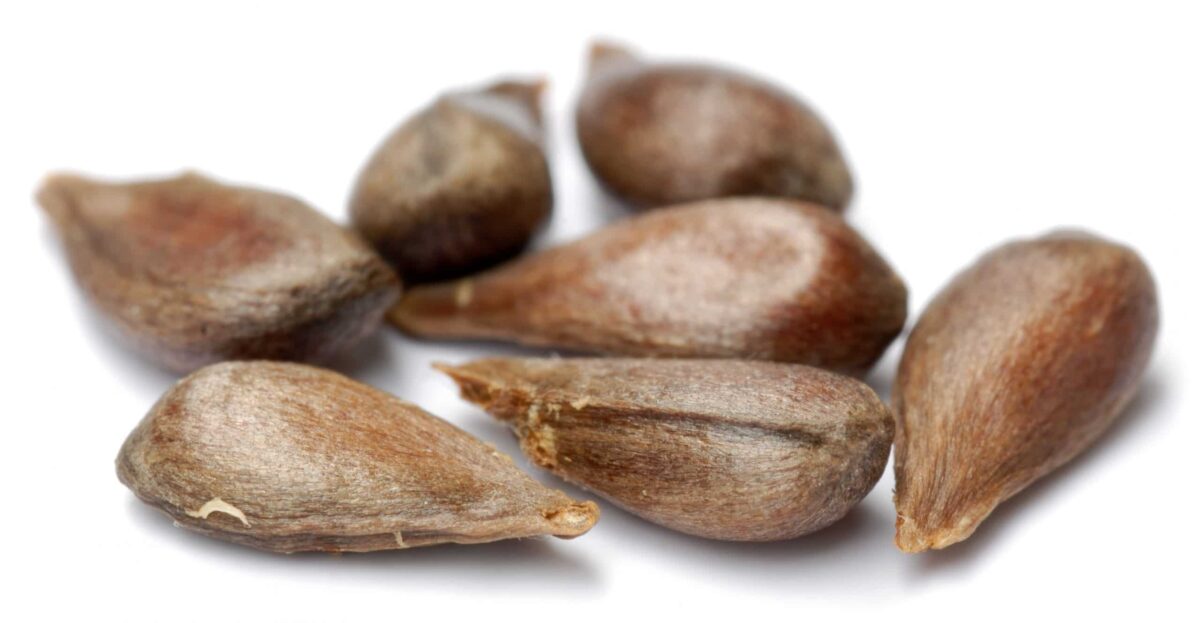
Image - Wikimedia / Gilles San Martin
Pathogenic fungi are by far the most dangerous enemies plants have: once they get inside them, they spread rapidly, and in doing so they also weaken them even more than they already are. And, if they have something good, it is that they only affect those that have a previous problem, such as a plague, or, what is more common, stress due to excess water and / or humidity.
For this reason, even if you only have one pot, it is important that you know how to avoid fungus in the plants, because with a few simple measures you can get them healthy. In fact, prevention is much easier than cure, so Let's see what to do to avoid having to worry about these microorganisms.
Plant the plants in a suitable soil, whether they are going to be in the garden or in a pot

If there is something I insist on a lot, it is that all plants must have a soil that suits their needs. For example, it is important to bear in mind that a very compact and / or heavy soil or earth will be very bad for the vast majority of plants; if they have a very high pH, they will not be ideal for camellias, hydrangeas, Japanese maples, and other acidic plants; If they do not retain water for a long time, flowers such as gerberas or carnations could suffer.
Therefore, it is worth spending a little of our time to get to know the soil we have in the garden, and / or the different types of substrates that we can put on our plants.

Trust me when I say that if you do this, you will have already come a long way in preventing fungus on your plants.
Improves drainage of garden soil and / or substrate (if necessary)
While it is best to plant them in a suitable soil, sometimes we have to improve it. It may be the case that in your garden you have soil that puddles easily, or that the substrate you want to put in your pots is very heavy (such as black peat, for example) and compact. What to do in these cases? So that the roots do not rot, I advise to take the following measures:
- In the garden: you can create slopes, put drainage pipes that carry the water to a cistern and / or well (and then you can take advantage of it to irrigate). When planting, it is convenient to make large planting holes, 1 x 1 meters, add a layer of about 30-50 centimeters (it will depend on the size of the plant) of arlita (for sale here) or volcanic clay (for sale here), and then finish filling it with a suitable substrate.
- in pots: If you buy a substrate for plants that does not have perlite, it is best to mix it with 30% of it. If it is succulents (cacti and succulents), the mixture will be equal parts. Remember that the standard mix for carnivorous plants is peat moss without fertilizing with 50% perlite. Don't use old substrates, as they could contain fungal spores.

Do not wet the leaves when watering if the humidity is high
If you live on the islands or near the coast, wetting the leaves only favors the appearance of fungi. If the temperatures are also high, of 20ºC or more, these microorganisms could spread quickly and cause serious damage to your plants. I have even seen fungi indoors during the winter, with temperatures of 10-15ºC and humidity above 70%.
To know if the humidity is high or low, you can check a weather website in your area, or get a home weather stationas these. Personally, I highly recommend having one of these, since this way it is easier and faster to know what maximum and minimum temperatures there are, the degree of humidity, and much more. With this information, better decisions can be made and better care of the plants.
Beware of overwatering
Watering the plants is a task that we have to do, especially if they are in pots, but if we want to prevent fungi from causing damage, we have to learn to water when necessary, no more, no less. As there are some that have to be watered frequently and others very occasionally, it is highly recommended to use a soil moisture meter. Thus, we will know if it is dry or not, and act accordingly.
To use it well, we have to introduce it into the ground, putting the whole sensor (the »stick») if possible. In this way, we will obtain more reliable information than if we only put it in a little, since the most superficial layers of the earth dry more quickly than those that are further in the interior as they are more exposed.
Flee from pots without holes in their base
Seriously, a pot that doesn't have drainage holes is a hazard to just about any plant. Only aquatic ones could be good in one. Why shouldn't they be bought? As well, because when watering the water it remains stagnant, and the earth will absorb it again. That means that the roots will always remain waterlogged. Consequently, the roots will begin to rot and the fungi will take advantage of the weakness of the plants to damage them more.
Likewise, it is also not good to put a plate under them, unless we remember to drain it after each watering. In this way, the plants can be calm, and so can we.
Perform preventive treatments against fungi

Image - Wikimedia / André Karwath
In addition to everything we have talked about so far, it does not hurt to carry out preventive treatments against fungi, such as:
- If you are going to plant trees and / or palm trees, apply copper or sulfur powder and again once a month, or fungicide polyvalent in spray before sowing them and every 7-14 days depending on what the container indicates.
- If the humidity inside the house is very high, higher than 50%, open the windows to renew the air. During the winter and / or if you have pets and / or children, it is a good idea to get a dehumidifier.
- Do not spray the leaves in winter so that the fungi do not damage them, and less if they are plants that are inside the house. If the humidity is very low, it is preferable to put containers with water around the pot.
I hope these tips will help you avoid fungus on your plants.
